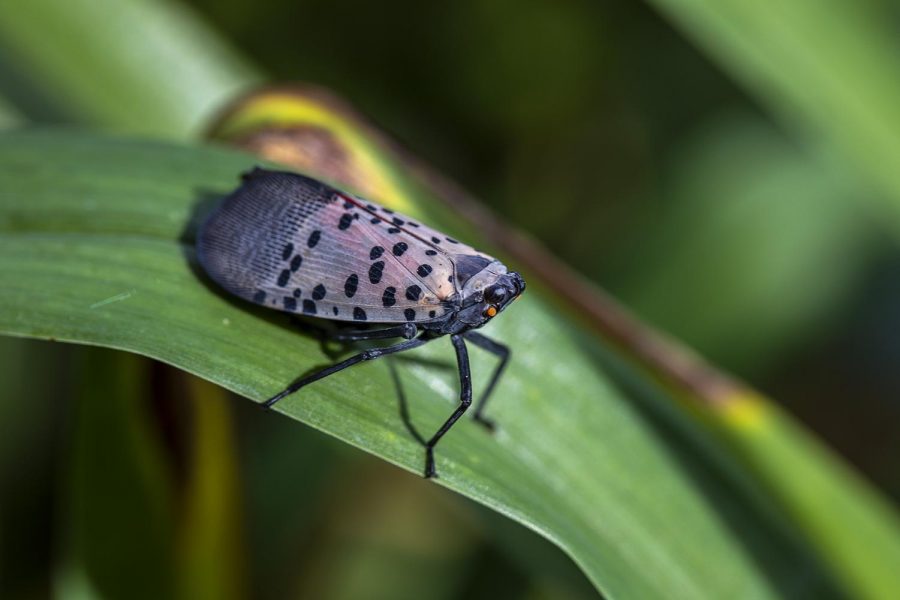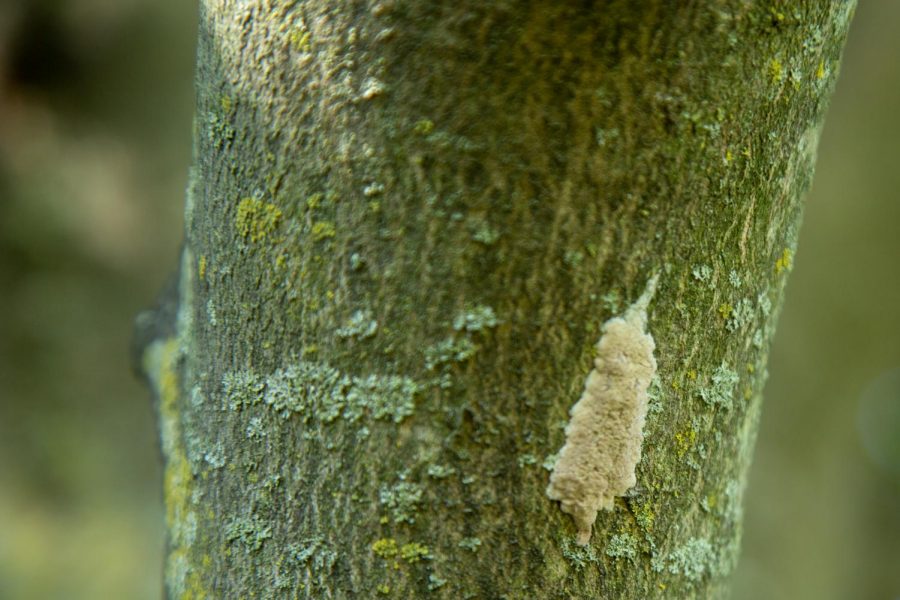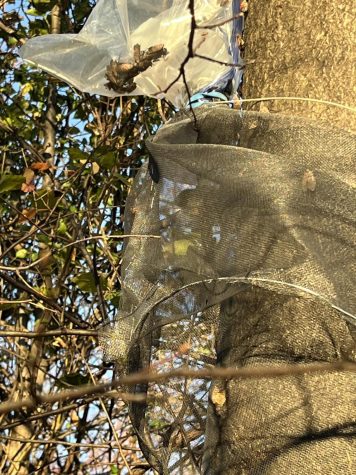Lanternflies prove to be great threat to NJ wildlife
They are everywhere: invasive bug species takes over NJ
What even are these bugs, and why are they everywhere?
You have most likely already seen the red bodies of these spotted bugs as they are all over the high school campus. These days it is impossible to step outside without either seeing them flying around or squished on the ground. But what many people don’t know is that these lanternflies are actually classified as an invasive species, and pose a great threat to the nature and wildlife of New Jersey and many other states.
The spotted lanternfly (Lycorma delicatula), is native to China and parts of southeast Asia. Somehow it had made its way to the US sometime in 2014, and it has been causing trouble ever since. In 2020, the bug’s population had seemed to have multiplied by several magnitudes, which had prompted great concern to the United States Department of Agriculture (USDA).
Why should I care about them?
These bugs don’t pose a direct risk to people or animals (unless you have a cat, in that case, your cat will be hellbent on capturing them and bringing them into your house). Instead, these lanternflies pose a great threat to the plants and the environment. Farmers despise them, and the problem is only getting worse. In a way lanternflies are parasites, and trees are their hosts. If you see a tree scattered with these bugs, then you have just found its home. Lanternflies suck up the tree’s nutrients for themselves, which causes great damage to them. It’s not just trees, however, thanks to these bugs many crops are suffering. This in turn affects us, as this has the potential to cause many food shortages.
What can I do about them?
It is quite simple: just kill them. If you see one, do not be alarmed, they are completely harmless to humans. Be sure to stomp on them when they’re on the ground, they may jump from you once or twice, but they get tired quickly and you should be able to land your kill. Now, the good news is that they do not seem to survive the cold that well. In the coming months, you should be seeing them a lot less. The bad news is that the eggs do in fact survive cold temperatures. This winter, be sure to have a lookout for eggs on trees, as they will mean trouble when spring comes. If you see a tree like the one below, try scraping the eggs off with a plastic card-like object into a plastic bag, or alternatively: smash them. In a nutshell, these bugs are a menace to society and must be stopped by all means, including smashing them and their homes.








